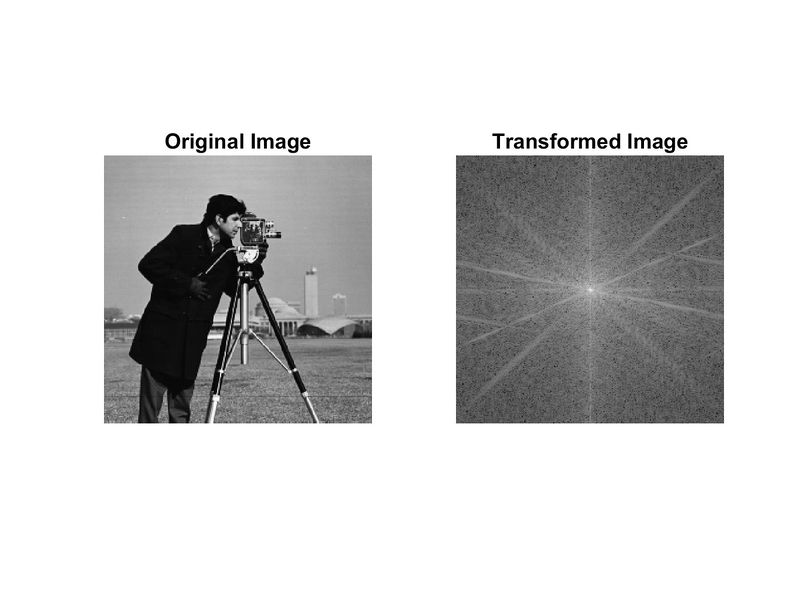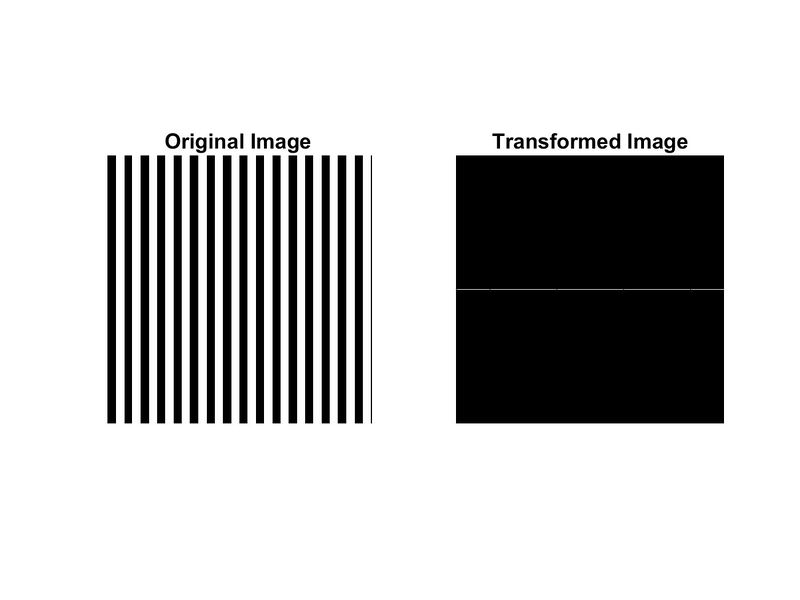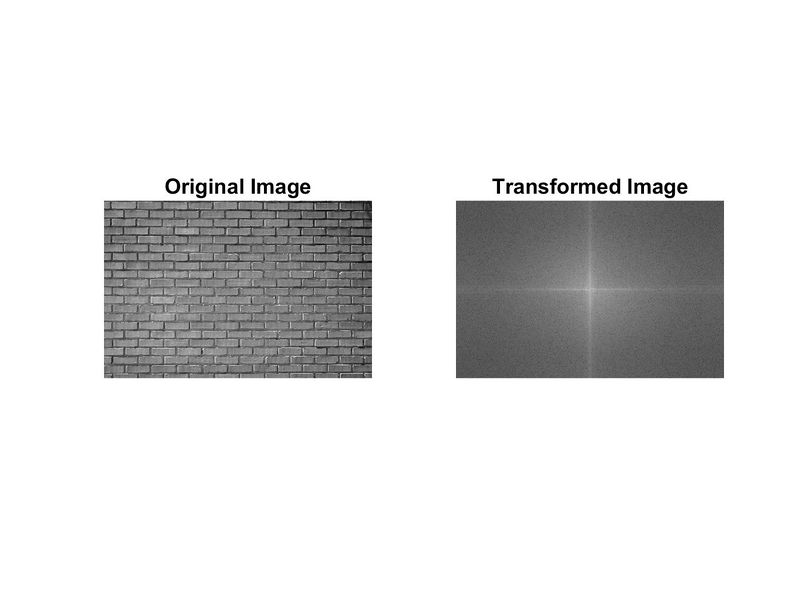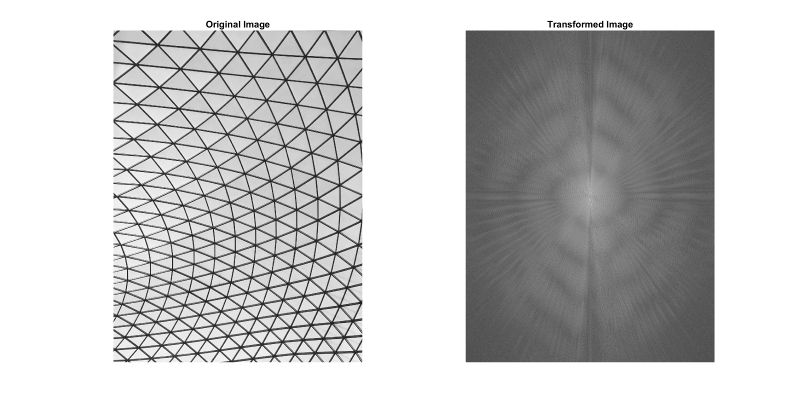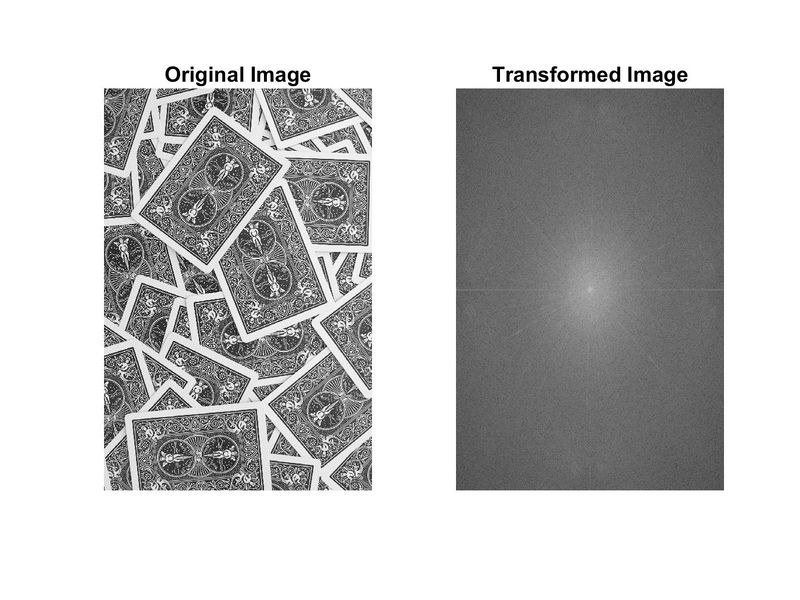The 2-D Fourier Transform and Images
In ECE 301, we have learned to take the Fourier Transform of one-dimensional signals. In a practical sense, this translates easily to sound signals, where the Fourier domain represents the audible frequencies found in a sound recording. The Fourier Transform can be used with two-dimensional signals as well, however, proving useful in such applications as image processing. Let’s examine the physical meaning of an image’s Fourier Transform and what such a transformed image looks like.
Two-Dimensional Fourier Transform Equations
The equations for a 2-D Fourier Transform are very similar to the 1-D equations we have seen this semester, with the addition of an extra integral/summation, and an additional independent variable. They are as follows:
CTFT: $ \int_{-\infty}^{\infty}f(x,y)e^{-j(\omega_xx+\omega_yy)} dxdy $
DTFT: $ \sum^{\infty}_{n=-\infty} f[x,y]e^{-j(\omega_xx+\omega_yy)} $
Fourier Transform of an Image
Let’s look at the Fourier Transform of the following image.
It might not be immediately obvious what is going on in the transformed image shown above. Some distinct features can be noticed immediately though. A sharp point exists in the middle of the image with distinct lines cutting through the otherwise noisy background. One should take note of the single vertical line in the middle of the image as well. Let’s look at a simpler example to see if we can better understand the meaning of the Fourier Transform of an image.
The above example illustrates that the Fourier Transform of an image gives details of its geometric structure. The consecutive vertical stripes in the original image translate to a single horizonal line in the transformed image. One should note that this line is one pixel wide, reflecting the fact that all the vertical lines in the original image are perfectly uniform. Additionally, the small breaks in the line in the transformed image are artifacts of the slight offset of the pattern in the original image.
Other Examples
Below are a few other examples of transformed images. Notice how geometric patterns in the original image translate to patterns in the frequency domain.

